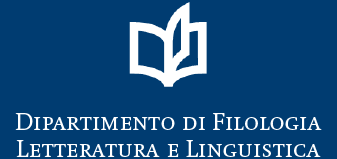Rest in pieces. Fragments of a writing (dia)system in the funerary inscriptions from San Cesareo (Rome).
Following Saussure’s distinction between ‘language’ and ‘writing’, writing systems can be analysed as autonomous and internally-structured systems of signs. However, the historical scripts are better understood as writing diasystems, in which a range of different tendencies and styles coexist and mutually influence each other. Thus, every writing act can be seen as the result of a dialectic relationship between calligraphic and cursive tendencies, whose balance is determined – among others – by the skill of the writer, the occasion of writing, the textual typology, etc.
With their remarkable intermixture of cursive and non-cursive letterforms, the texts that are poorly scratched upon the small terra-cotta urns from the collective tomb of San Cesareo (Rome, 2nd-1st century BC) are a representative example of the utilitarian everyday script (traditionally referred to as ‘scrittura usuale’) which was ‘current’ within a chronologically, geographically, and socially homogeneous milieu of humble folk during the Late Republic. A preliminary palaeographic analysis of these documents confirms the role of the ‘current’ script as the privileged source of those changes that fashion and alter writing. Motivated by the literacy of the writers as well as by material aspects of the writing techniques, the diverging graphic tendencies that show up in these texts are not (yet) isolated and canonised as distinct writing styles, but they are only heterogeneous forms spontaneously co-occurring and overlapping in execution.

